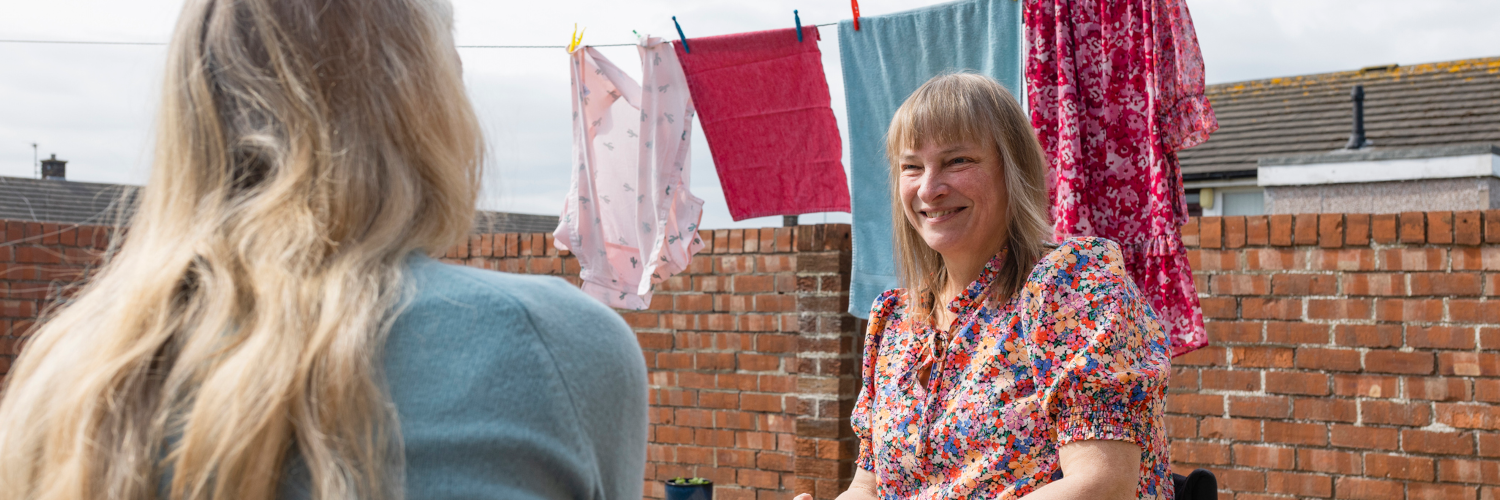Living in the place we call home
What does ‘home’ mean to people? And how do structural inequalities shape people’s experiences of housing and home?
Introduction
In ‘Living in the place we call home’, we look at what ‘home’ means to people and how structural inequalities can shape people’s experiences of housing and home. This chapter sets out barriers to people accessing suitable accommodation, and what you can do to support people to overcome these barriers and find or sustain a home that meets their physical and emotional needs, and promotes their wellbeing.
What does ‘home’ mean to people?
How can we ensure we understand what individuals and families value about home? How can we ensure that we are supporting people to access housing that supports their wellbeing?
Home is a place where we want to spend time as well as where we have to spend time. Home isn’t just a building – it’s the people and things that are in our home too.
People value different things about home. Although there may be some trends common to broad groups of people, such as older people, it’s a very personal aspect of our lives. It’s important not to make assumptions. However, we can usefully bring out some broad trends, while recognising that everyone will have a different idea of what their home means to them.
There are strong associations between physical and mental health, wellbeing, our ability to work and study, and our housing situation.
Having home as a secure, comfortable place tailored to our needs is not only ethically important in terms of wellbeing – there is an economic advantage in terms of cost-effectiveness too.

Social model
How do people’s financial status affect how they feel about their home? How can we ensure that our approach to assistive technology and adaptations is underpinned by the social model of disability?
Someone’s financial status can affect how they feel about their home. This may be due to how they are able to heat it or care for it, or their security of tenure. It may also have a direct physical and psychological effect on their wellbeing.
As the cost-of-living crisis intensifies, particularly around inflation and energy costs, this issue is in sharp focus.
Housing adaptations, technology, and control are not just about replacing existing care, or a way for people to carry on living as before. Adaptations can and should be an enabler.

The place we call home
What can we do to help people to feel at home in supportive living, residential care and nursing care settings? How can we ensure that information is accurate, reliable and that it supports person-centred care? How can we support people to plan effectively in relation to choices about homes?
Home isn’t just a private dwelling. Home can be in a variety of supported living or different types of care homes. How these are designed and run is likely to benefit from co-production and co-design – and will make the transition of moving into, and experience of living in, supported living or care placements a more positive experience.
Dealing with housing – whether local authority housing departments, housing associations, buying and selling a home, or navigating the private rented sector - is usually a very complicated operation.
Usually, understanding what options are available, and what they mean, can help make choices around homes more positive.
Helping people to plan will support them to see these changes as positive, rather than something forced upon them. This is something support staff can directly help with.


